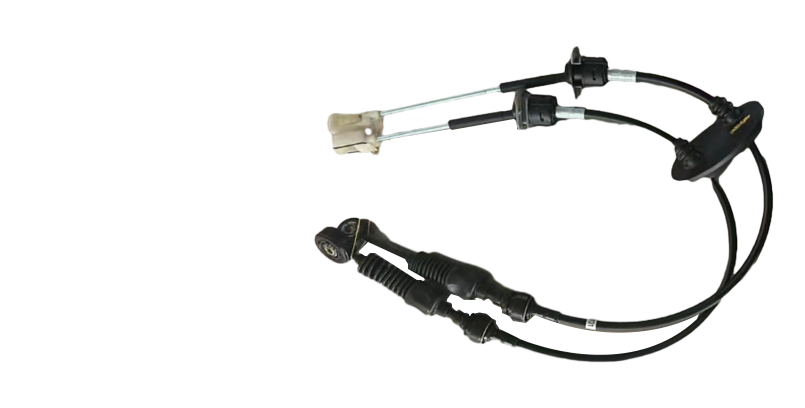Understanding the Function and Adjustment of Lawn Mower Throttle Control Cables for Optimal Performance
Understanding Lawn Mower Throttle Control Cables
When it comes to maintaining a healthy and beautiful lawn, a lawn mower is an essential tool for homeowners. One crucial component of lawn mowers that often goes unnoticed is the throttle control cable. This cable plays a vital role in regulating the speed of the mower's engine and ensuring optimal performance. In this article, we will explore the importance of the throttle control cable, its function, common issues, and maintenance tips.
What is a Throttle Control Cable?
The throttle control cable is a flexible wire that connects the throttle lever—typically found on the handle of the mower—to the engine. Its primary function is to control the amount of air and fuel that enters the engine, thereby regulating its speed. When you pull the throttle lever, the cable pulls the throttle plate open, allowing more fuel and air into the engine and increasing the mower's speed. Conversely, releasing the lever causes the cable to retract, reducing the throttle's opening and slowing down the engine.
Importance of the Throttle Control Cable
The throttle control cable is critical for several reasons. Firstly, it allows the operator to adjust the mower's engine speed according to the task at hand. For instance, when mowing thick grass or tackling tougher terrains, higher speeds may be necessary for effective cutting. Conversely, for delicate tasks or when navigating around flower beds, a slower speed can provide more control and precision.
Secondly, a properly functioning throttle cable ensures that the engine operates efficiently. A cable that is worn or malfunctioning can lead to inconsistent engine speeds, resulting in poor cutting performance and increased fuel consumption. Therefore, a well-maintained cable is essential for optimizing the mower's efficiency and extending its lifespan.
Common Issues with Throttle Control Cables
Throttle control cables can fail due to a variety of reasons. One common issue is wear and tear. Over time, the cable can fray, leading to reduced responsiveness and, ultimately, complete failure. Another issue can arise from stiffness or binding in the cable, often caused by dirt, debris, or rust in the cable housing. This stiffness can prevent the cable from properly moving, impacting the mower's performance.
lawn mower throttle control cable

In some cases, the throttle lever itself may become detached or misaligned, affecting how the cable operates. Additionally, improper installation or replacement of the cable can lead to numerous issues, including the mower not starting or running erratically.
Maintenance Tips
To ensure the longevity and proper functioning of the throttle control cable, regular maintenance is necessary. Here are some tips to help you keep your cable in top condition
1. Inspect Regularly Periodically check the cable for signs of wear, fraying, or stiffness. If you notice any issues, it may be time to replace the cable.
2. Clean the Housing Ensure that the cable housing is free from dirt and debris. Use a lubricant designed for cables to keep it moving smoothly.
3. Adjust the Tension If the throttle cable is too loose, it may not provide the necessary response. Check the tension and adjust as needed based on the manufacturer's instructions.
4. Store Properly After each use, store your mower in a dry place and avoid leaving it exposed to the elements. This can prevent rust formation and prolong the life of the cable.
5. Replace When Necessary If the cable is damaged or malfunctioning, replace it promptly to avoid further complications and ensure your mower operates effectively.
In summary, the throttle control cable is an essential component of your lawn mower that significantly affects its performance. Understanding its function and maintaining it properly can lead to not only a more efficient mowing experience but also a healthier lawn overall. By paying attention to this often-overlooked part, you can keep your mower in great shape for years to come.
-
Upgrade Your Control with Premium Throttle CablesNewsAug.08,2025
-
Stay in Control with Premium Hand Brake CablesNewsAug.08,2025
-
Experience Unmatched Performance with Our Clutch HosesNewsAug.08,2025
-
Ensure Safety and Reliability with Premium Handbrake CablesNewsAug.08,2025
-
Enhance Your Vehicle with High-Performance Clutch LinesNewsAug.08,2025
-
Elevate Your Ride with Premium Gear CablesNewsAug.08,2025
